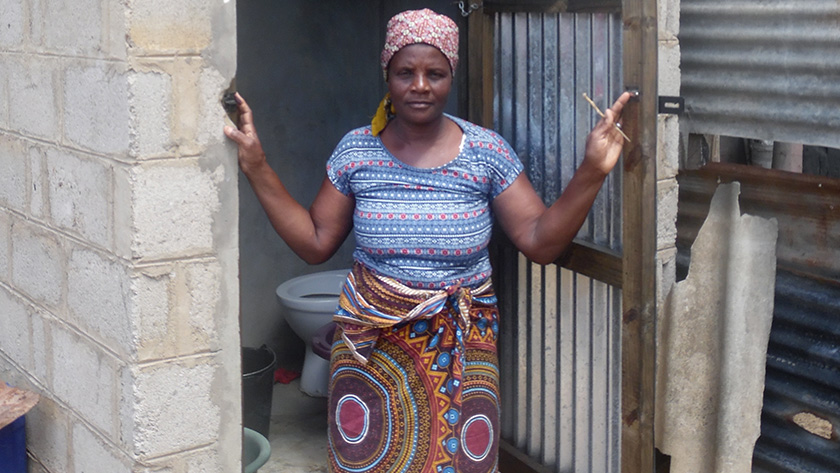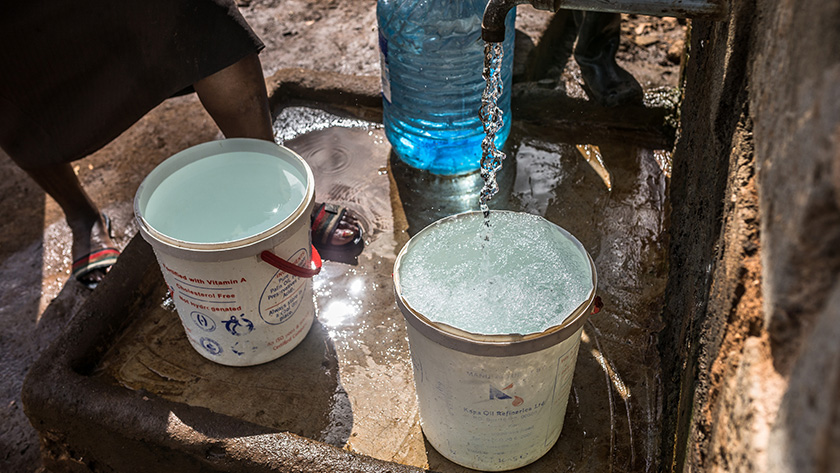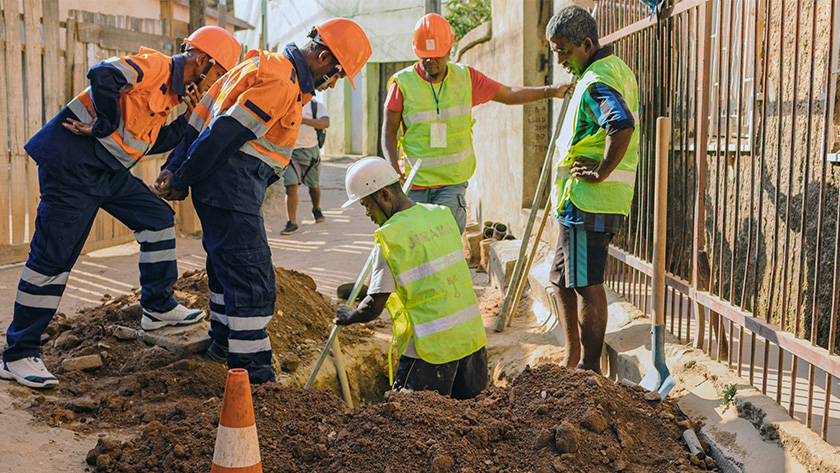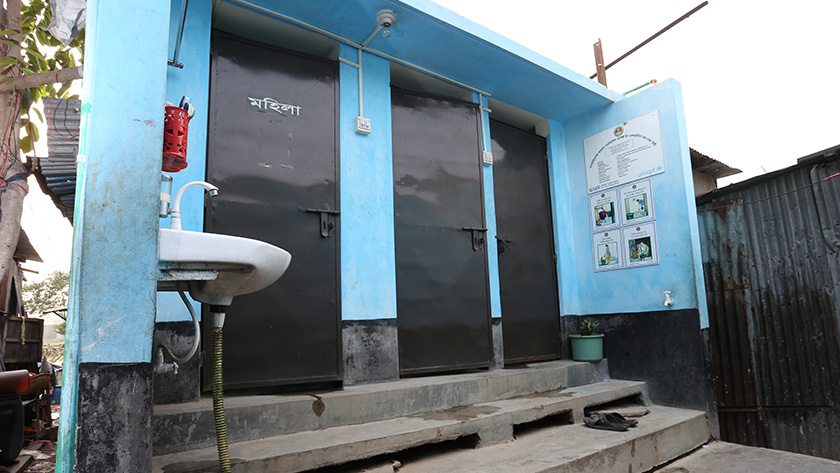What does it mean to give one person access to clean water or safe sanitation? For them and their family, it means the world: dignity, health, more time to work, study, or care for others.
Take Alice Timane, who lives in Maputo, Mozambique, whose toilet used to be a shallow hole lined with car tires. It was dangerous and undignified. It frequently overflowed in the rainy season. Now, her community has new facilities and she knows that her family won’t have to put their lives at risk every time they go to the toilet.

But what does it mean for 20 million people to have access?
Since our inception in 2005, Water & Sanitation for the Urban Poor and our partners have helped 20 million people gain access to clean water, safe sanitation, or improved hygiene.
Through partnership with municipal authorities, utilities, over a hundred businesses, micro-enterprises, regulators, and many other institutions, WSUP has improved critical services. These are not just one-off interventions, but long-term improvements which give 20 million people clean water and toilets – today, tomorrow, and for the foreseeable future.

Skoll Foundation staff member Rachel Flynn recently visited two WSUP sites in Nairobi, Kenya. “We met and spent time not just with the people directly benefiting from WSUP’s interventions, but also with representatives from so many of their partners – local leaders, Nairobi Water workers, and researchers.” Flynn said. “I saw how WSUP improves lives directly and immediately, and also builds long-term capacity to maintain these improvements for good.” But so much more could, and needs, to be done.
In our new report, Running Dry, we have identified five myths holding back action and preventing clean, affordable water and safe, dignified sanitation reaching all citizens living in urban areas.
Utilities are often seen as the reason why water access is not universal, because they have failed to extend their networks to keep pace with the expanding urban areas which they serve. But we have shown that utilities can be supported to reach the poorest. In fact, investing in utilities so that they can benefit the people who need them most is one of the most important steps that we can take to tackle the water crisis.

Water is indeed a human right, but to give it away for free would lead to the collapse of water systems worldwide. The reality is that residents without piped water close to their houses, almost certainly have to buy it at a much higher price on the black market. Proper connections, from the main system, not only save under-served residents money, but ensure that the utilities providing the water can be financially viable.
Community ownership is traditionally seen as the goal in development – but in urban water and sanitation, it can be problematic. To manage effective distribution of water across an urban area, a single institution must have oversight and accountability for managing the entire system, even if it then chooses to sub-contract some elements to community-based organisations or the private sector.
In sanitation, we are absolutely committed to the ultimate target of a toilet for every household. But perversely, focusing on that gold standard can restrict action, because in cramped urban settlements where the poorest and most marginalized live, there simply isn’t the space – nor money – for each household to have their own toilet. We’ve learned that high quality shared sanitation can be a useful stepping stone to give residents immediate benefits.

If sanitation was just a construction issue, the world would likely have tackled it by now. But in urban areas, just as important as building toilets is figuring out what to do with the human waste. Much more needs to be done to improve the business of removing sanitation waste from the environment.
If we can make progress on tackling these myths, we’ll be well placed to accelerate progress towards universal access to water and sanitation.
But we have a very long way to go. “In one informal settlement we visited, WSUP had partnered with Nairobi Water to install state-of-the-art water distribution kiosks,” said Rachel Flynn. “While clean and safe water marks a huge improvement for those in the community, contaminated open drains still cut through the streets where children play. There is so much more to do.”
Twenty million is a significant number served, but it pales in comparison to the 883 million people who still live in slums around the world, the vast majority without adequate access to the basics of dignified living like water or sanitation.
So WSUP is determined to scale up our efforts, working alongside more city leaders to support them to ensure universal water, sanitation, and hygiene coverage for all residents.
Want more stories of large-scale change on the world’s most pressing problems? Sign up for Skoll Foundation’s monthly newsletter.